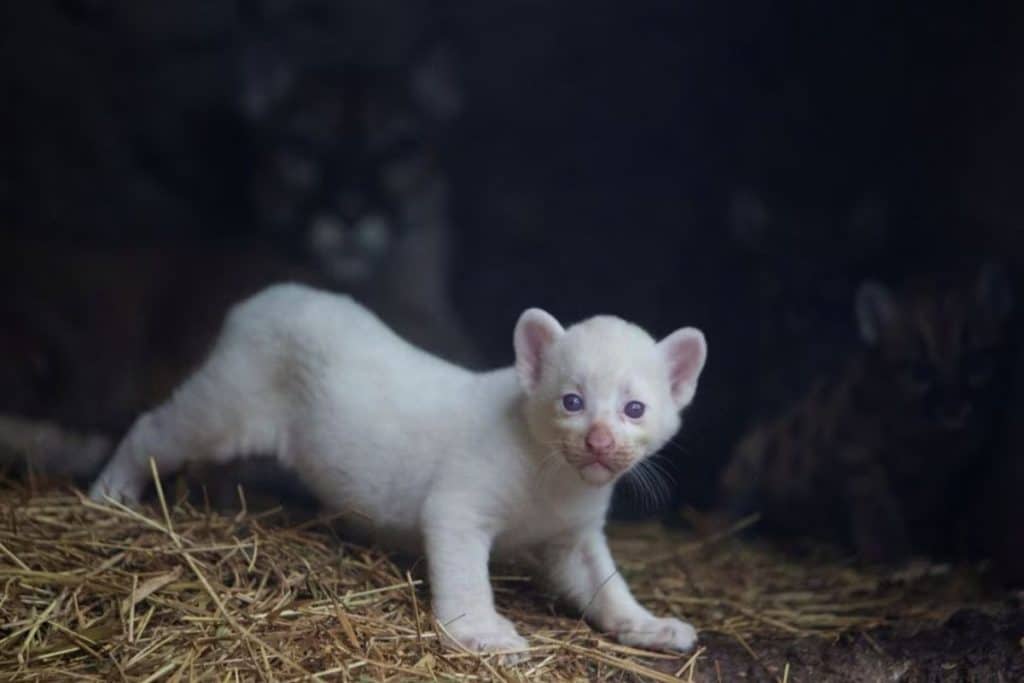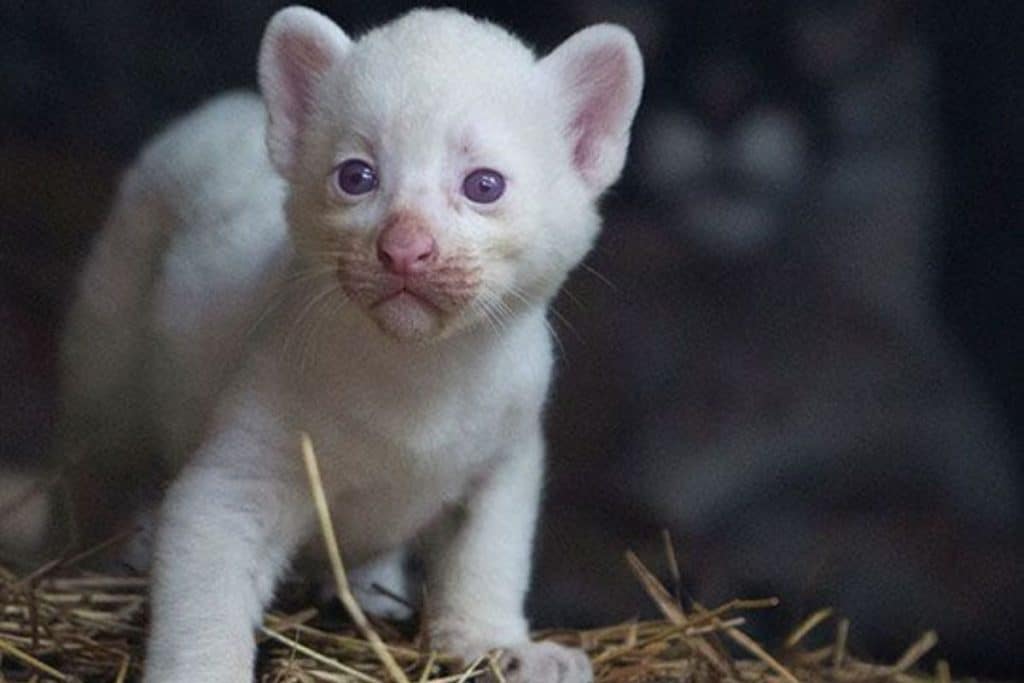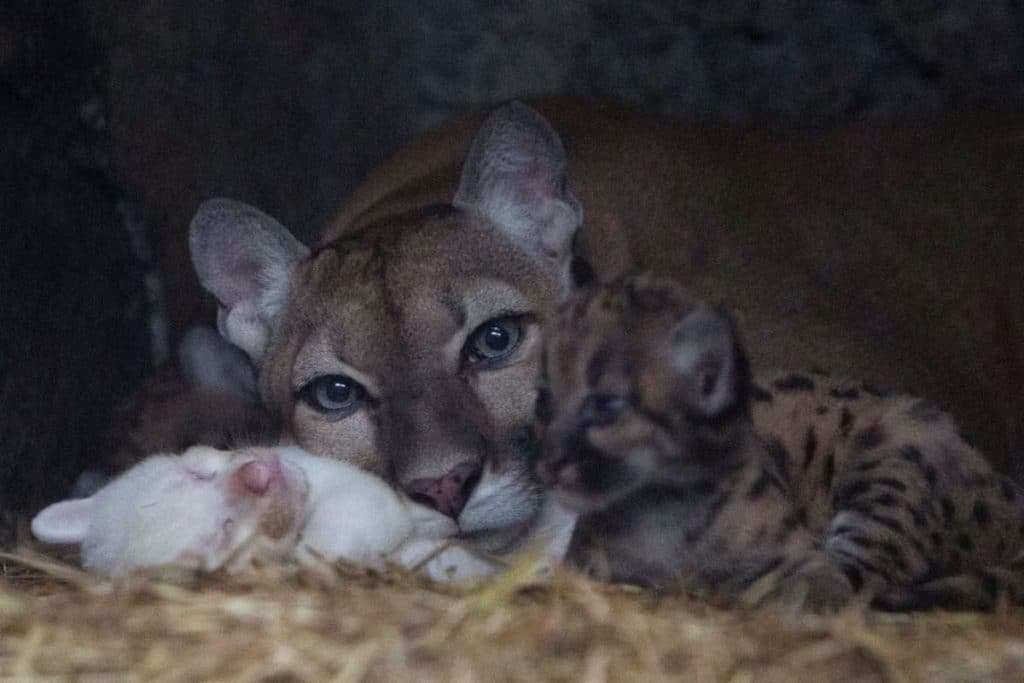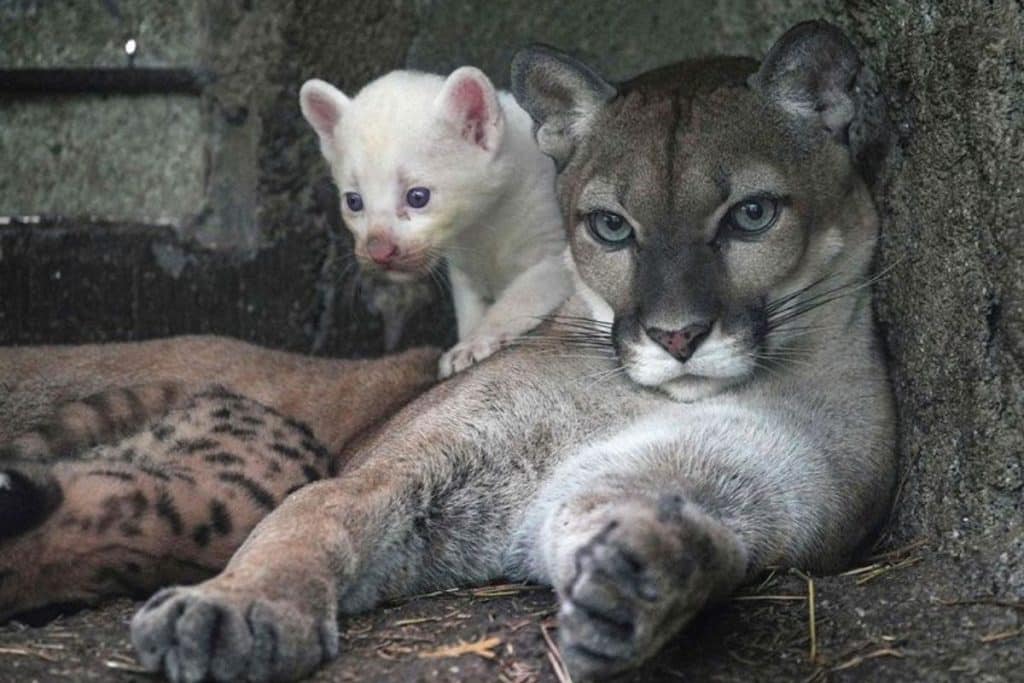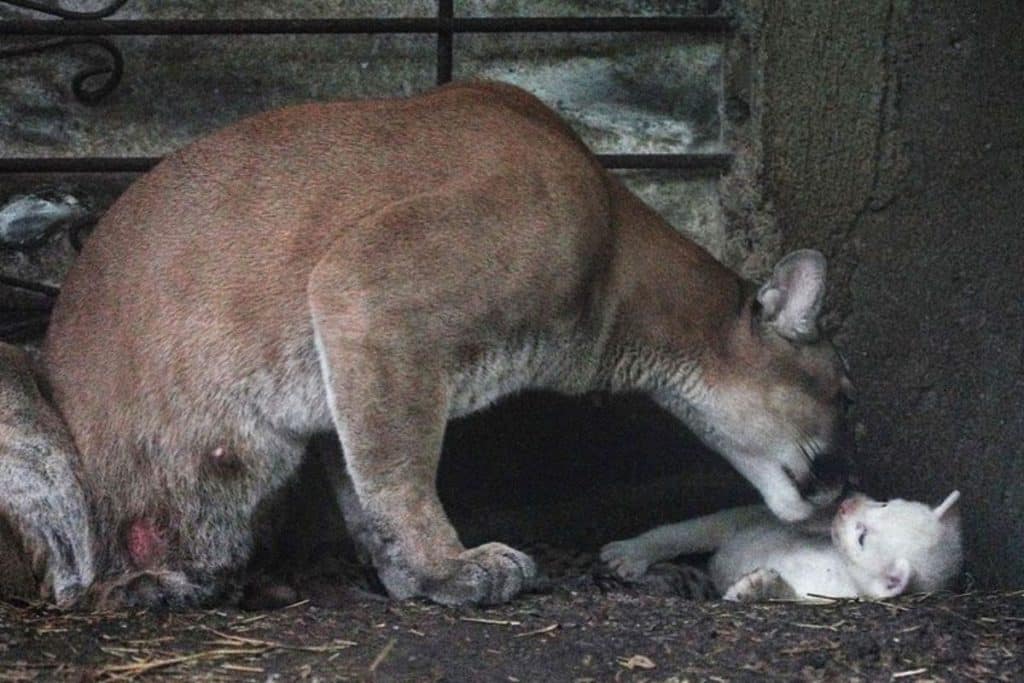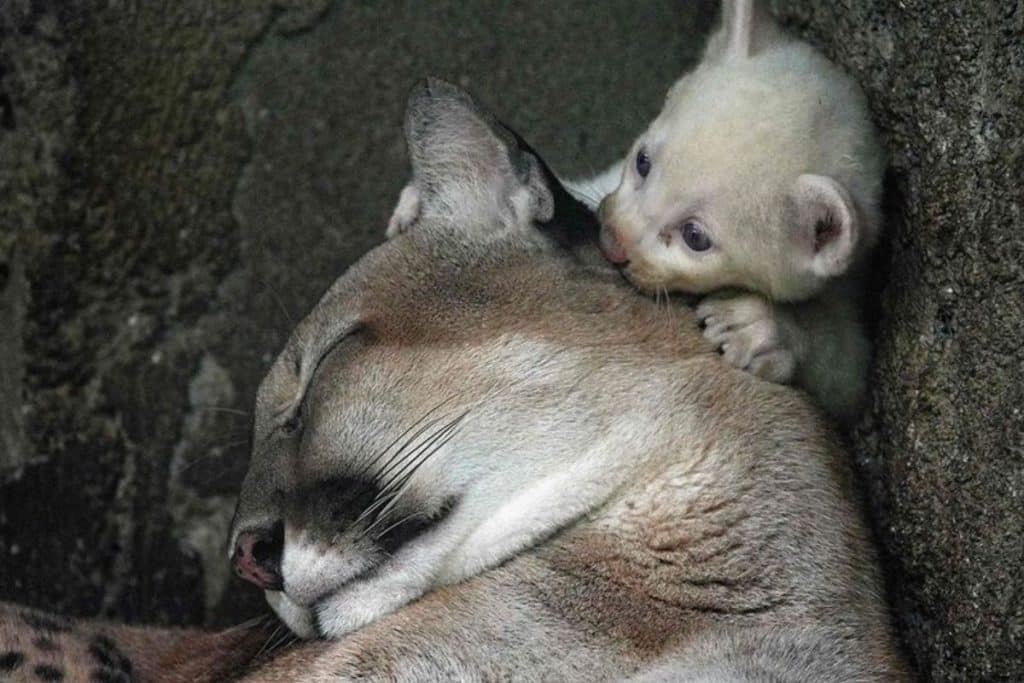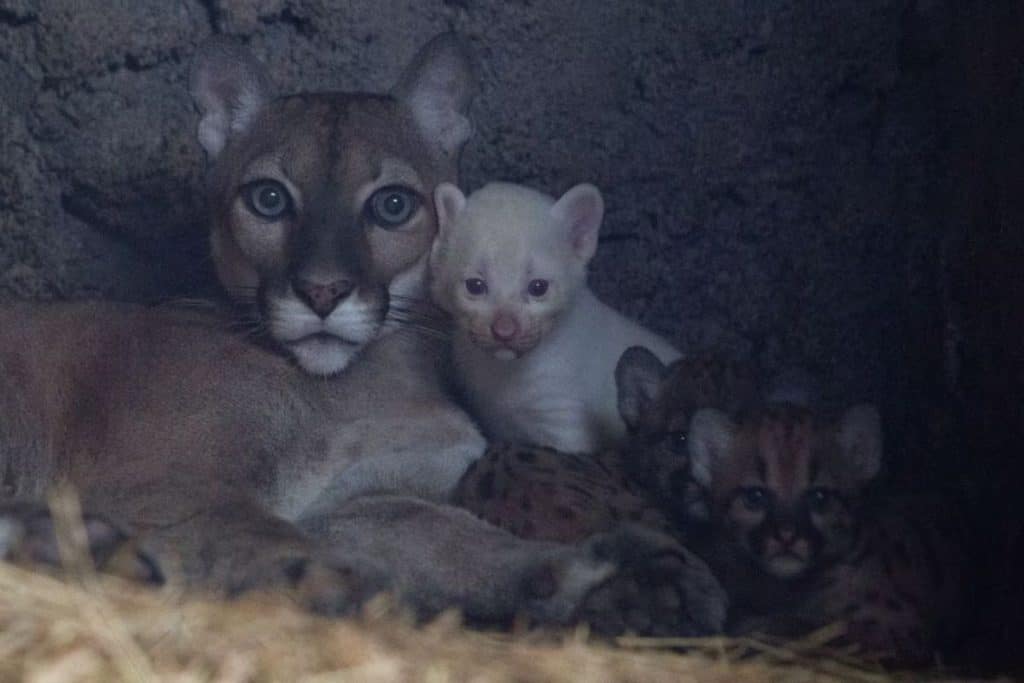
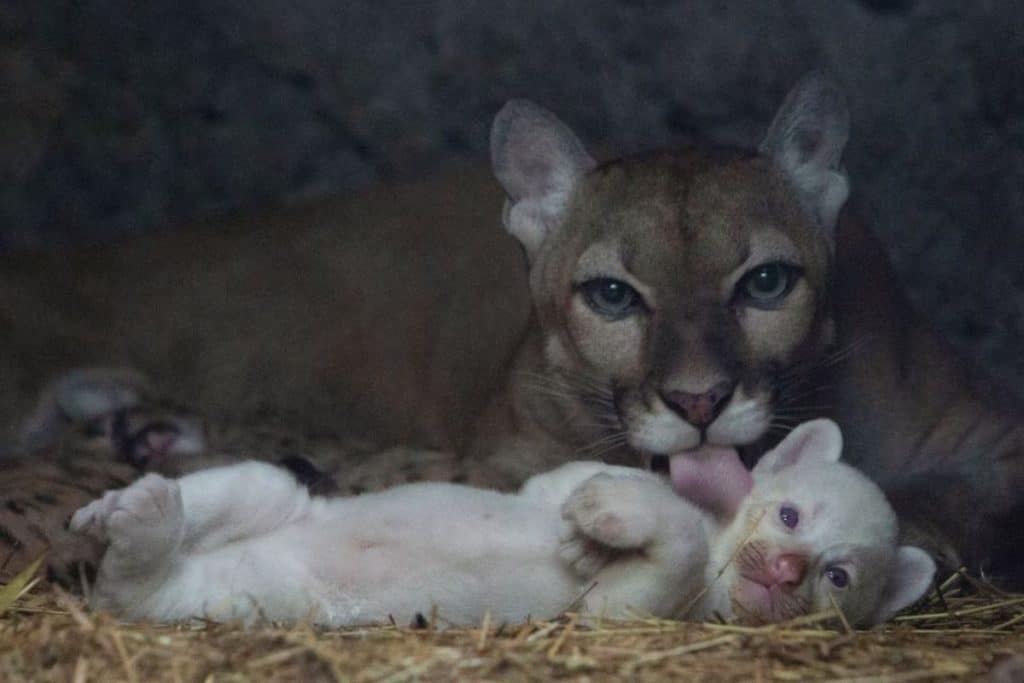
Carlos Molina, a veterinary expert at the zoo, estimates that this rare cub is one of only four albino pumas known to exist globally. While the cub appears healthy and is thriving, Molina urges caution, emphasizing that albino pumas require special care and are particularly vulnerable to sunlight.
